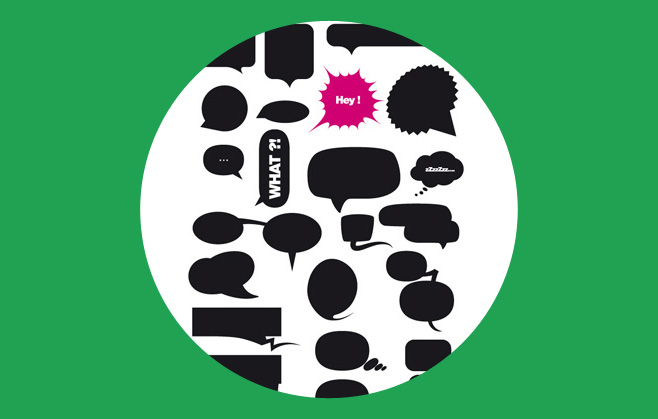
Is “chat-vertising” coming to our mobile messaging apps?
Last week, we at The Practice got to thinking about advertising on our social media apps, and how this might increase in the coming months. Today, we’re interested in exploring how advertising might now begin to infiltrate our mobile messaging apps.
With almost one billion users worldwide taking advantage of cost-free mobile messaging apps, it seems inevitable that advertisers have much to gain from reaching out to a vast audience, while the apps themselves can hope for revenue boosts. WhatsApp, (the favourite amongst our team members), boasts over 300 million users and more daily active users than Twitter, while popular rival Viber, has 200 million.
From the perspective of messaging app developers and managers, there’s huge financial promise to be generated from having big brands on board. While WhatsApp has stated that it has no plans for any advertising model in the near future, Viber is of a different mind. CEO of the company, Talmon Marco, spoke of his enthusiasm for celebrated personalities and companies alike to connect with fans. “I see no problem with someone like Coca-Cola or Lady Gaga communicating in a positive, opt-in way with users.” But he makes it clear that “[t]hrowing pop-ups in their faces isn’t the way to do that.” Clearly, messaging apps and the brands who advertise through them aren’t going to infiltrate users’ data or private conversations for marketing purposes- so what will their strategies most likely involve? WeChat, Asia’s primary messaging app, exemplifies how advertising has been successful. Brands such as Nike, Louis Vuitton, Starbucks and McDonalds have benefited from marketing on WeChat by way of revenue-sharing partnerships in which users can make offline purposes via the app. So might this be one way others, such as WhatsApp and Viber can follow suit?
Certainly, driving offline sales via in-app links or other promotional messages is one way. Another, as Asian-based messaging app KakaoTalk demonstrates, is to charge a fee for brands wishing to connect with users. The app, which has over 100 million users, has starting fees for brands of $20,000 a year- these of which comprised 26.2% of its $46 million revenue in 2012. While both WeChat and KakaoTalk are clearly successful, might banner ads or other marketing tactics on Whatsapp and Viber lead to decreased user figures? If the latter two can provide a successful advertising model as WeChat has- (namely with ads that incentivise users with offers from brands), it might work. However, if the developers behind these apps merely feature pop-ups, videos, or banners without offering any real connection with the user then they are likely to come as an unwelcome sight. And most importantly, messaging apps such as WhatsApp and Viber face little competition at this stage- do they really need to seek extra revenue and potentially ruin their appeal when they’re currently seeing such success? There’s a lot for mobile messaging services to mull over when it comes to in-app advertising, and for this reason, we think it will be quite some time before we start to see any changes.
Do you rely on mobile messaging apps for instant and cost-free communication? How will you feel if brands begin rolling out ads on these platforms? We’d love to hear your view as always, so please tweet to us @PracticeDigital, and share your opinions on our Facebook page.




